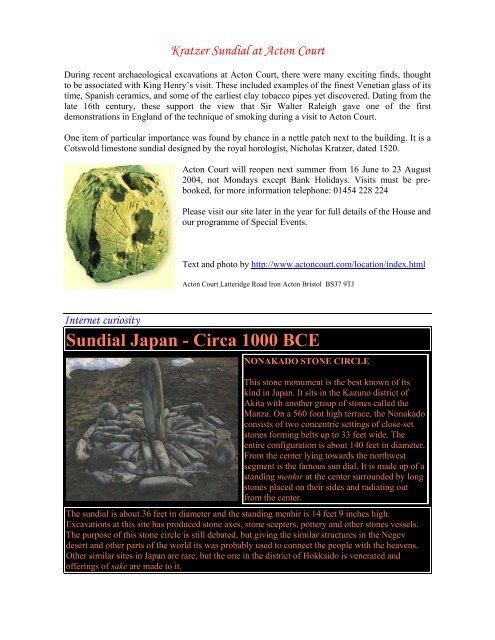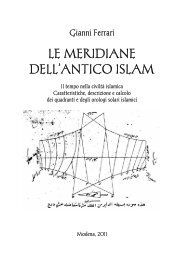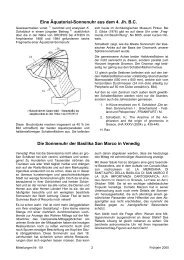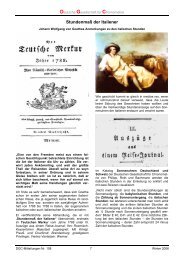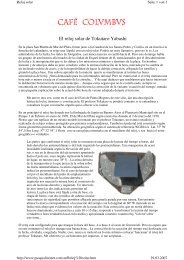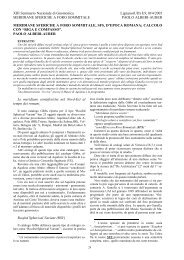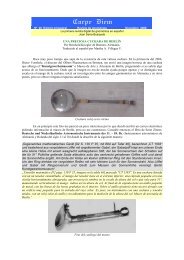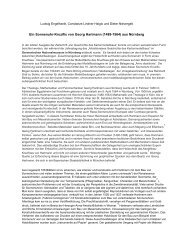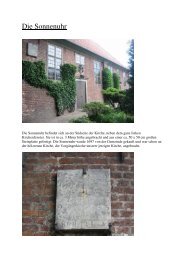International Gnomonic Bulletin - Gnomonica by Nicola Severino
International Gnomonic Bulletin - Gnomonica by Nicola Severino
International Gnomonic Bulletin - Gnomonica by Nicola Severino
Create successful ePaper yourself
Turn your PDF publications into a flip-book with our unique Google optimized e-Paper software.
Kratzer Sundial at Acton Court<br />
During recent archaeological excavations at Acton Court, there were many exciting finds, thought<br />
to be associated with King Henry’s visit. These included examples of the finest Venetian glass of its<br />
time, Spanish ceramics, and some of the earliest clay tobacco pipes yet discovered. Dating from the<br />
late 16th century, these support the view that Sir Walter Raleigh gave one of the first<br />
demonstrations in England of the technique of smoking during a visit to Acton Court.<br />
One item of particular importance was found <strong>by</strong> chance in a nettle patch next to the building. It is a<br />
Cotswold limestone sundial designed <strong>by</strong> the royal horologist, Nicholas Kratzer, dated 1520.<br />
Acton Court will reopen next summer from 16 June to 23 August<br />
2004, not Mondays except Bank Holidays. Visits must be prebooked,<br />
for more information telephone: 01454 228 224<br />
Please visit our site later in the year for full details of the House and<br />
our programme of Special Events.<br />
Text and photo <strong>by</strong> http://www.actoncourt.com/location/index.html<br />
Acton Court Latteridge Road Iron Acton Bristol BS37 9TJ<br />
Internet curiosity<br />
Sundial Japan - Circa 1000 BCE<br />
NONAKADO STONE CIRCLE<br />
This stone monument is the best known of its<br />
kind in Japan. It sits in the Kazuno district of<br />
Akita with another group of stones called the<br />
Manza. On a 560 foot high terrace, the Nonakado<br />
consists of two concentric settings of close-set<br />
stones forming belts up to 33 feet wide. The<br />
entire configuration is about 140 feet in diameter.<br />
From the center lying towards the northwest<br />
segment is the famous sun dial. It is made up of a<br />
standing menhir at the center surrounded <strong>by</strong> long<br />
stones placed on their sides and radiating out<br />
from the center.<br />
The sundial is about 36 feet in diameter and the standing menhir is 14 feet 9 inches high.<br />
Excavations at this site has produced stone axes, stone scepters, pottery and other stones vessels.<br />
The purpose of this stone circle is still debated, but giving the similar structures in the Negev<br />
desert and other parts of the world its was probably used to connect the people with the heavens.<br />
Other similar sites in Japan are rare, but the one in the district of Hokkaido is venerated and<br />
offerings of sake are made to it.


